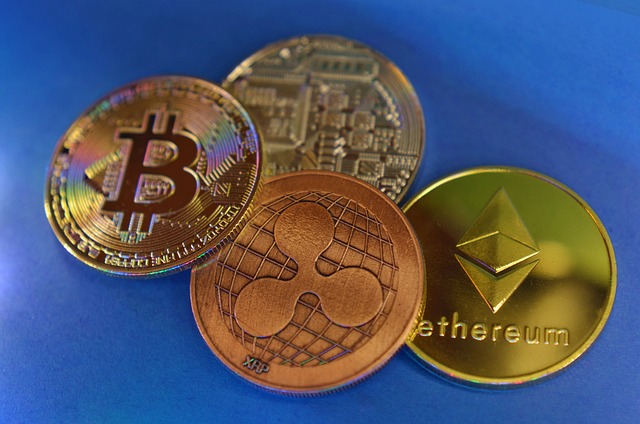XRP and Cross-Chain Compatibility: Interconnecting Blockchain Networks
Blockchain technology has revolutionized the way we think about financial transactions and data sharing. One promising project in this ever-evolving space is XRP, a digital asset designed for fast and secure cross-border payments. Apart from its speed and low fees, XRP’s revolutionary feature lies in its ability to bridge different blockchain networks through cross-chain compatibility.
Interoperability, or the ability of different blockchain networks to communicate and exchange information seamlessly, has been a significant challenge in the blockchain ecosystem. Many networks operate in isolation, limiting their use cases and hindering their potential for widespread adoption. However, XRP has emerged as a frontrunner in addressing this issue by providing a bridge to connect different blockchain networks.
With cross-chain compatibility, XRP acts as a mediator between these networks, facilitating seamless transactions and enabling the transfer of value across different platforms. This interoperability allows for increased efficiency, expanded use cases, and improved connectivity between blockchain networks.
By leveraging the XRP Ledger and its unique features, cross-chain compatibility becomes a reality. The XRP Ledger is an open-source blockchain that allows for fast and secure transactions while also supporting smart contracts and a variety of other applications. XRP’s inherent compatibility with the XRP Ledger makes it an ideal candidate for integrating with other blockchains.
Cross-chain transactions involving XRP are facilitated through a concept called “Issued Currencies.” XRP Ledger enables users to create and issue tokens that represent different assets and currencies. These tokens, known as Issued Currencies, can be pegged to the value of various assets such as fiat currencies, cryptocurrencies, or even other blockchain network-specific tokens. By creating an Issued Currency that corresponds to a specific token on another blockchain, XRP allows for seamless transfers and interoperability.
The benefits of XRP’s cross-chain compatibility are far-reaching. For instance, it could enable decentralized exchanges to operate more efficiently by allowing the seamless transfer of assets between different blockchains. This interoperability also opens up opportunities for cross-border remittances, as users can send funds on one blockchain and receive them on another with minimal friction.
Furthermore, XRP’s cross-chain compatibility could foster collaboration and innovation among various blockchain networks. Different blockchains often have their own unique features, strengths, and weaknesses. By connecting these networks, developers can leverage the best of each blockchain’s capabilities, creating new possibilities and fueling growth in the industry.
The concept of cross-chain compatibility is particularly relevant today as blockchain technology continues to evolve and diversify. Interconnecting blockchains brings us closer to a truly decentralized and interconnected digital world, where the limitations of individual networks are transcended, and the full potential of blockchain technology can be realized.
In conclusion, XRP’s cross-chain compatibility stands at the forefront of blockchain innovation, enabling seamless transactions and connectivity between different blockchain networks. By acting as a bridge, XRP facilitates the exchange of value, promotes collaboration, and opens up a new realm of possibilities for the blockchain ecosystem. As the blockchain industry continues to evolve, cross-chain compatibility will play a vital role in shaping its future.







